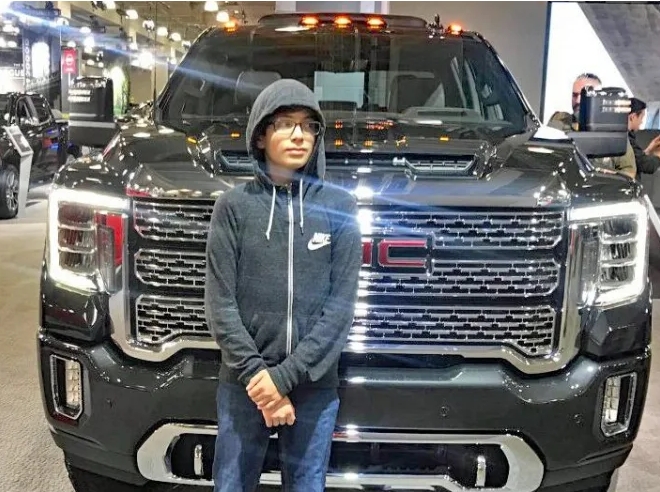The trend toward larger, more-menacing vehicles is so long-standing and ubiquitous that you might think we don’t have a choice in the matter.
Well, we do.
The federal government regulates the safety of vehicles sold in the United States. For decades, that has meant only safety for people inside of vehicles. Now the federal government is taking the first steps to improve the safety of people outside of vehicles.
Transportation Secretary Pete Buttigieg is seeking public input until June 8 on the five-star safety-rating system that applies to new cars — the New Car Assessment Program, or NCAP. You can tell Secretary Pete that you want that safety-rating system to identify and measure features that make vehicles safer for pedestrians — such as better visibility, better hood and bumper designs, pedestrian automatic emergency braking, speed limiters and more. All it takes in one click.
But you can also use this opportunity to tell Secretary Pete that better safety ratings are not enough. Consumer choice might encourage safer vehicles, but the rising toll of deaths and injuries on our streets demands more. The federal government should use its regulatory authority to require safer vehicles by updating Federal Motor Vehicle Safety Standards. These are the standards that require seat belts, airbags and crashworthiness for vehicle occupants. It’s time to use that tool for people outside of vehicles.
The United States was once the leader on vehicle safety. We invented NCAP, but we’ve let the safety ratings atrophy to the point they are almost worthless. Almost every car gets four or five stars, and modern technologies are ignored. Over the same time period, the fuel-economy exemption for SUVs and pickup trucks incentivized their production over passenger cars, and we’re now in a loop of ever-larger vehicles.
There are many reasons why pedestrian deaths have climbed to a 40-year high, but larger vehicles are surely one of them. NHTSA acknowledges that, when SUVs and pickup trucks hit a pedestrian, they are two to three times more likely to kill that person than a passenger car. And the blind spots of SUVs and pickup trucks make their drivers three to four times more likely to hit a pedestrian when turning.
We are encouraged that Buttigieg has begun addressing safer vehicles as part of his National Roadway Safety Strategy. We appreciate that it includes a safe systems approach for better roadway design and lower speeds.
But we are aware that the issue here is not merely understanding what makes for good policy. The issue here is fundamentally political. Consider the experience of Joan Claybrook, the first head of NHTSA, 44 years ago:
"Back in 1978, I went to the head of our rule-making office and said, 'Mike, I want you to issue a rule on pedestrian safety for cars.' The bumper, the windshield wipers, the hood — the whole thing should be re-designed to be minimally harmful to pedestrians. And he said, 'Joan, that’s crazy! We can’t do that.'”
She simply did not have the political support to get it done.
Consider all of the lives that could have been saved. All the disabling injuries avoided. All of the grief of parents, children, grandparents and community members.
Buttigieg can change the rules. It’s our job to make sure that no one doubts that there is political support to do so.
Mike McGinn is the executive director of America Walks. Want to take action? Join America Walks in telling NHTSA to take immediate steps to protect people outside of cars. You can also show your support through the action alerts of NACTO, Salud America, the League of American Bicyclists, and Families for Safe Streets.






